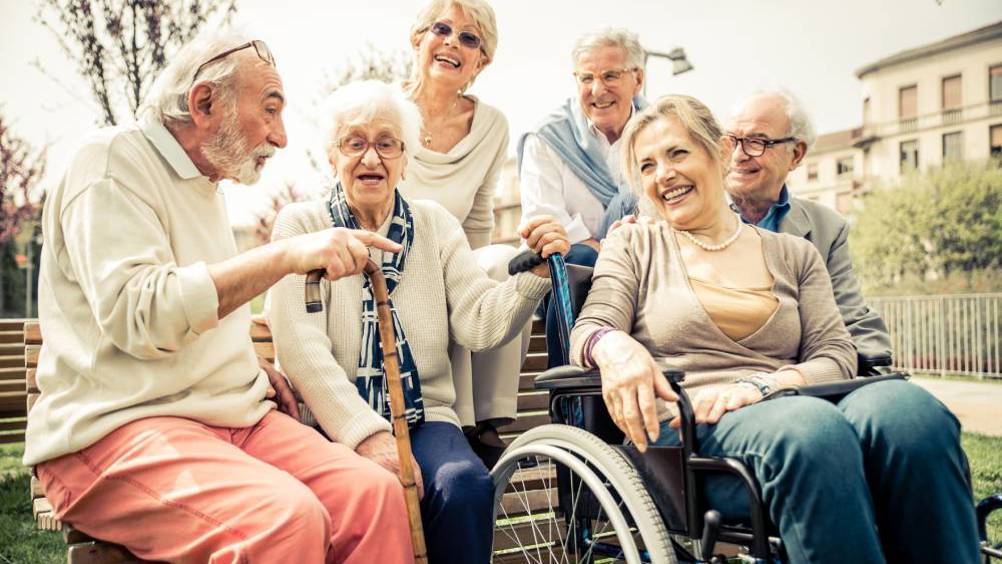References
Social prescribing: a ‘natural’ community-based solution

Abstract
This paper discusses social prescribing as part of the wider NHS England universal personalised care model, and it describes how community nurses can engage with social prescribing systems to support community resilience. A case study based on the example of gardening, as a nature-based social prescription provided by the RHS Bridgewater Wellbeing Garden, is provided to illustrate the scope, reach and impact of non-medical, salutogenic approaches for community practitioners. The authors argue that social prescribing and, in particular, nature-based solutions, such as gardening, can be used as a non-medical asset-based approach by all health professionals working in the community as a way to promote health and wellbeing. They consider how the negative impact of social distancing resulting from COVID-19 restrictions could be diluted through collaboration between a holistic, social prescribing system and community staff. The paper presents a unique perspective on how community nurses can collaborate with link workers through social prescribing to help combat social isolation and anxiety and support resilience.
It is acknowledged that community nurses have employed non-medical prescribing as a specialist clinical intervention since 1994 (Luker and McHugh, 2002). Non-medical prescribing is described as being an activity undertaken by specially trained nurses, working within their clinical competence as either independent and/or supplementary prescribers (Royal Pharmaceutical Society (RPS), 2016), to prescribe pharmacological products. Conversely, social prescribing refers to a non-medical asset-based process that ‘supports people, via social prescribing link workers, to make community connections and discover new opportunities, building on individual strengths and preferences, to improve health and wellbeing’ (National Academy for Social Prescribing, 2020), which does not include a clinical intervention. Historically, community nurses have been engaged in ‘social prescribing’ activities through the process of ‘community referral’, which signposts patients to non-clinical solutions that improve wellbeing. However, contemporary social prescribing is thought to provide a conduit for a more comprehensive personalised approach as part of the wider NHS England (NHSE) ‘universal personalised care’ model (NHSE, 2019). Using asset-based approaches, rather than traditional deficit-based medical models, social prescribing is considered to be effective in supporting the resilience of individuals and communities (Henry and Howarth, 2018). The universal personalised care model has been operationalised through six key standard components across the NHS and the wider health and care system (NHSE, 2019): shared decision-making; personalised care and support planning; enabling choice; social prescribing and community-based support; supported self-management; and personal health budgets and integrated personal budgets.
Register now to continue reading
Thank you for visiting Community Nursing and reading some of our peer-reviewed resources for district and community nurses. To read more, please register today. You’ll enjoy the following great benefits:
What's included
-
Limited access to clinical or professional articles
-
New content and clinical newsletter updates each month

